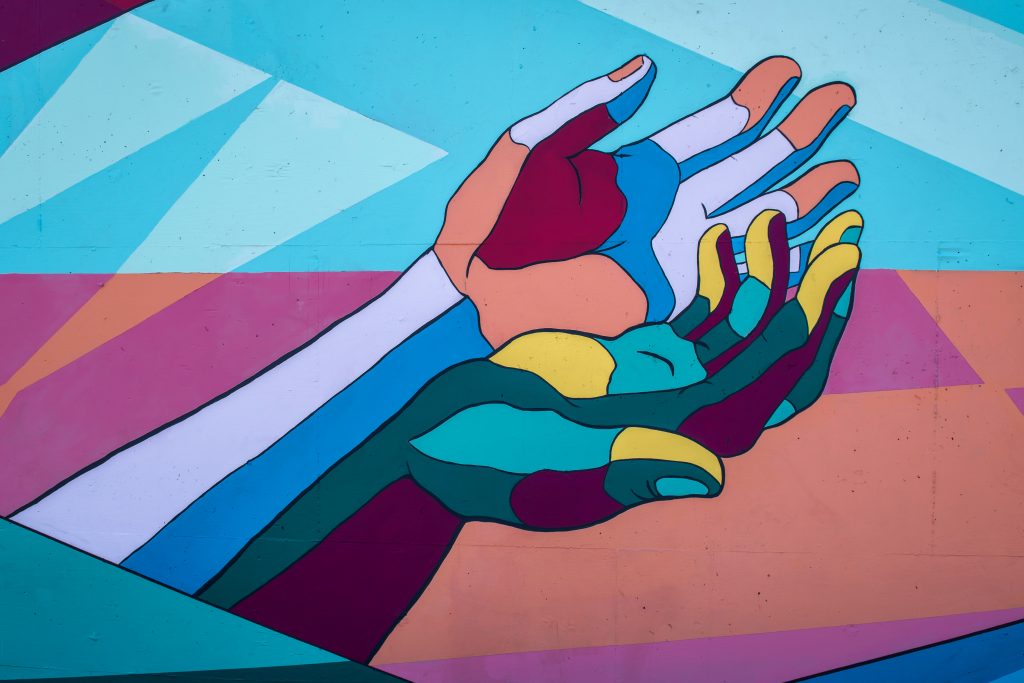Published on
Seeing Your University as a Community Institution

I used to work at a university that, before I arrived, was located in a rough urban neighborhood near the downtown business district. The streets emptied out at 5PM every weekday, and crime was a regular occurrence on our block. With these surroundings, the university had developed a kind of fortress mentality. Even the architecture resembles a kind of Brutalist armory. The university essentially pulled up the drawbridge and got used a lack of engagement with the community. Later, when the local economy boomed and our neighborhood became the fashionable part of the business district, we didn’t know how to change our approach to our neighbors. We still saw them as something to avoid.
This is a challenge regardless of where your institution is located. If colleges and universities are going to thrive and remain relevant, they will need to think of themselves as members of their community, with allalle rights and responsibilities “thereunto appertaining,” as some of the degrees we grant say. (Though a quick look makes clear the reality that my diplomas seem to focus on the privileges and not so much on the responsibilities.) There may have been a time when this did not need to be stated, or places where this was taken for granted, but it’s critical now as we navigate the next stage of evolution in our education and Workforce Development needs.
Once upon a time, many small towns established their own colleges because they saw them as anchor institutions necessary to sustain a thriving community; these colleges would become economic drivers for their communities by providing jobs for residents and attracting educated people, lift the level of discourse in the town and enhance the town’s visibility and reputation. Over time, though, while some of the largest universities continue to be economic drivers in their communities (think of the Eds and Meds formulation), many have lost sight of the uniqueness of the towns where they are located as well as the unique obligations they might have to serve those communities.
In other words, Columbia University is a major employer in New York, and it dominates its neighborhood. But how many Morningside Heights residents can actually be admitted to Columbia’s programs (not to single out Columbia—they are just an example)? To make sure our work reflects the original intent behind our establishment, postsecondary institutions need to renew their commitment to serving their communities and act as engaged members of those communities to address challenges.
Think about other community institutions: hospitals, museums or houses of worship. They all do their best to be welcoming to their neighbors. Hospitals might offer community workshops on various topics of local interest or be members of local civic organizations; they will sponsor or host community activities like food drives or holiday activities for children. Some of these efforts are deployed for the sake of public relations to promote the hospital’s services, but such hospitals see themselves as contributing to the health of their communities, not just treating individual patients. They not only advocate for their communities but listen to and learn from them, too.
Likewise, a performing arts center might conduct activities in local schools, offer afterschool programs or put their energy into local projects that enhance the community’s support of the arts and creative life. Such activities serve to increase their visibility and sell tickets, but they also serve a public good.
In the same way, universities can serve their own interests and those of their communities by engaging with the people who make them up. Universities should reinvent themselves as resources to address community problems where education is at least part of the solution. We have the expertise, in many cases, to think about practical aspects of the topics we often discuss in the classroom. Workforce and economic development are all about education—but not just offering courses or a new major: There are logistical and strategic questions that universities can help to address. How do we reach people who need education when they are dealing with childcare issues or food insecurity? Those are our problems too if they pose obstacles to accessing the learning needed to succeed. Questions of equity and past wrongs also demand our involvement, as they get to the heart of our mission.
Universities need to pull up a seat at the table where these questions are being discussed—or more importantly, where they are not being discussed and need to be brought up. We should do more to forge relationships with employers, government and others in the community. These relationships should build on our institutions’ unique identities as educators, scholars, agents of change and empowerment. However, we see ourselves best serving our community while staying true to who we are. All institutions are not the same.
By doing this, we can not only help address challenges, but we can also change the perception of what we do, nudging toward an understanding that education can help solve problems, both at the macro and micro levels. We can model the behaviors and skills we advocate: teamwork and collaboration, critical and outside-the-box thinking, planning and effective communication skills.
This has implications for the curriculum we offer as well. For too long, many institutions have been focused primarily on a supply-side approach: If our experts create a major, we assume that people will show up to take it, and our authority as experts should be sufficient as a guarantor of that major’s value. That attitude is exactly what has created the ivory tower mentality: we have become isolated from a large percentage of the people we are supposed to serve. How often do we go out into our towns and ask what people need? Certainly, there is room to pursue the abstract andcreate research projects that only speak to a select few. Universities, however, do more than just research and teach. Their marketing and admissions teams, for example, cannot remain transactional in recruiting new students. They also have to know how to listen what kind of support people need to succeed And then we have to implement solutions, in and outside the classroom, that meet those needs. Our ongoing relationships will make our universities better partners and our futures more sustainable.
Author Perspective: Administrator



